|
Do you know what it feels like to be a student who has a learning disability in reading? Do you want to know what it feels like to be a student who has a learning disability in reading? Let me give you a chance to feel what it feels like! Let's pause for a moment of reflection! Ask yourself: How did you do? How did you feel as you were reading? After we ask students to read a passage, we ask them comprehension questions to assess their understanding of the text, right? Do you think you can answer some comprehension questions about what you just read? Let's try! So what does it feel like to be a student who has a learning disability in reading? By: Miss Rae Learn more about Dyslexia!
0 Comments
11/29/2019 2 Comments Specially Designed Reading InstructionWhen we start to think about Specially Designed Reading Instruction, I think it is helpful to start by viewing it in light of the continuum of instruction...or the RTI triangle! Let's look at each Tier a little more closely... IDEA tends to be our course textbook in Special Education - if you will. So what does IDEA say about Specially Designed Instruction? Using a student's evaluations, determine the areas of reading in which the student demonstrates lagging skills and/or a disability. Incorporate those targeted areas into a student's IEP goals, and then, instruction. Now, we can check off the first component of some pricey packaged curriculum! The next step in designing Specially Designed Reading Instruction is to be explicit in your instruction. Click the slideshow below for Explicit teaching tips! To be systematic, you should follow a scope and sequence for your instruction. This should be a logical sequence to get a student closer to a grade level standard. So let's say the student's grade level standard is to read CVCe words. The following would be a logical progression to mastery of that standard: 1. advanced phonemic awareness skills 2. letter identification 3. letter/sound identification 4. VC words (decoding and encoding) 5. CVC words (decoding and encoding) 6. CVCe words (decoding and encoding) Below is another example of a scope and sequence... In order to help students achieve these steps to mastery (and oh, you know, try to do it while simultaneously learning other new curriculum like their general education peers), employ multi-sensory learning! Make sure to always include a spiraling review of previously learned skills for reinforcement, and most importantly, teach all components of reading, just focus more time and intensity on a students lagging skill areas AND do it all through multi-sensory learning! It is essential that this instruction be applied in the classroom to generalize the skill. When Specially Designed Reading Instruction is paired with reading time in the classroom with a general education teacher, a student will make faster progress! Lastly, I know I probably don't have to say this, but I wouldn't feel right not saying it - as with all Special Education students, the most important step in designing Specially Designed Reading Instruction is to Adapt & Modify for individual student needs! Also, don't forget that a student eligible for Special Education services may not require distinctly different methodologies or interventions, but rather increased intensity. Or a student may require both! But ultimately, we should be giving a student what they need, not just because we can offer it. Our goal for Special Education should be to teach independent application of skills and strategies. By Miss Rae Grab this FREEBIE to help you plan Specially Designed Instruction!You might also like...7/23/2019 6 Comments Write IEP goals for Wilson Reading
Dear Miss Rae,
Help! How do I write IEP goals for a student using Wilson Reading? I see students in a one-to-one and small group setting for reading. I use the Wilson Reading System with all of my students, but I struggle to write IEP goals because I ONLY use this program with them. How do I write IEP goals for a student using Wilson Reading? Sincerely, Goal-Less Wilson Reading Teacher
Students with specific learning disabilities in reading need specialized reading instruction.
Wilson Reading, Spire, and Project Read are examples of specialized curriculums that are based on Orton-Gillingham methodologies. Such programs work for students with learning disabilities in reading because they provide direct and explicit structured, sequential multisensory teaching of the basic elements of language for improved decoding and encoding! All levels of language, including sounds (phonemes), symbols (graphemes), meaningful word parts (morphemes), word and phrase meanings (semantics), sentences (syntax), longer passages (discourse), and the social uses of language (pragmatics) are taught in conjunction with each other. This can make it difficult to write a targeted IEP goal. So let me help you out! Here are some IEP goals and objectives to choose from, aligned to the Wilson Reading System! SAMPLE GOALS: Given specialized instruction using a multisensory systematic phonics-based program, XXX will increase his/her reading levels for comprehension, decoding, and fluency to an end of first grade reading level by the end of the IEP period as measured by XXX (i.e. NWEA MAP). Given a multisensory language based explicit instruction in developmental skills which lead to decoding and word recognition, XXX will increase his/her reading skills for comprehension, decoding, encoding, phonics, word recognition and vocabulary development, to at least one grade level above his/her current instructional text level (XXX) with at least 97% accuracy by the end of the IEP period as measured by XXX (i.e. NWEA MAP). When given a list of 20 nonsense words XXX will be able to accurately decode multisyllabic words that contain closed, open, vowel teams and vowel-consonant-e (beside, statement, remain) syllable types with 90% accuracy as measured by XXX (i.e. Wilson charting records). Given direct instruction using a systematic and scientifically based reading instruction program, XXX will demonstrate accurate knowledge of reading skills showing one year's growth as measured by XXX (i.e. NWEA MAP) with 95% accuracy. Given direct instruction using a systematic and scientifically based reading instruction program, XXX will increase his/her reading levels for comprehension, decoding, encoding, and fluency from his/her current level of being able to use 1 syllable type (closed) to being able to use all 6 syllable types as measured by the end of the IEP period as measured by XXX (i.e. Wilson charting records). SAMPLE OBJECTIVES: Decoding: Given 15 words in isolation at his/her instructional level, XXX will correctly and independently decode 80 percent of the words accurately. Decoding: Given 15 non-contextualized CVC, CCVC, CVCC, and/or CVCe words at XXX's instructional level, XXX will correctly decode 80 percent based on teacher notes and charting. Decoding: Given 15 words in isolation at his/her instructional level including words containing all 6 syllable types and learned prefixes and suffixes, XXX will independently and accurately decode 85 percent of the words. Fluency: Given text and passages using controlled text at his/her independent reading level, XXX will be able to read 3-4 words together at a rate of 90 wpm based on charts, DIBELS and teacher notes. Fluency: When given text or reading passage at his/her independent reading level, XXX will use knowledge of decoding skills and word recognition to increase his/her fluency reading orally with appropriate rate, and expression at 90 words per minute with 90% accuracy. Encoding (Spelling): Given dictation for spelling and grammar, XXX will correctly spell 75 percent of the words at his/her current instructional level based on student samples and teacher record. Comprehension: Given sentences, paragraphs and reading passages at his/her instructional reading level (controlled-text), XXX will be able to independently use visualization and retell the facts/events with 90 percent accuracy based on teacher notes and benchmark assessments. Comprehension: XXX will use learned reading strategies of summarizing, questioning, inferencing, making connections and predicting to answer right there and higher order thinking questions from text at his/her instructional level in 4 out of 5 opportunities with up to 2 cues. Vocabulary: XXX will utilize decoding and context clue strategies to understand unfamiliar words when reading (orally and/or silently) content area texts with decreasing adult assistance in 4 out of 5 observations with 80 percent accuracy. Happy & Healthy Teaching! Miss Rae Related Blogs...Related Teacher Tools...Learn more...And grab this FREEBIE!Using Running Records
Being a Special Educator is similar to choreographing a three-ring circus! The art of juggling should be a required course in Special Education educator prep programs.
From IEP writing to teaching to presenting at IEP meetings to many, many more important tasks, Special Educators must be skilled at varying and many areas of expertise; however, one aspect can be the most difficult to manage: PROGRESS MONITORING The data is one of the single most paramount competencies of the field of Special Education; thus, data collection is one of the most critical skills a Special Education teacher can possess. Without evidence, we just have beliefs, and beliefs do not hold up in court (remember IEPs are legal documents). Data collection, on the other hand, can be annoying and cumbersome. Who wants to interrupt teaching to assess? And don't we assess our students enough? As a result, then, assessment should be seamlessly integrated into teaching (and/or daily routines); but - how do you do this when your 'small groups' have varying IEP goals and objectives? However, even if I have 10 students with 3 working on comprehension, 3 working on phonics, 2 working on vocabulary, and 2 working on fluency, they are at least all working on the subject area of reading. So no problem! There are five facets of reading: phonemic awareness, phonics, and word study, vocabulary, fluency, and comprehension.
As a result, all of the students in your reading groups will have IEP goals that fall within one of the subcategories of reading.
The first step, then, is to identify one assessment tool that can evaluate ALL students in ALL areas of reading. The solution to all of these issues is employing what I call Reading Rubrics! The research has proven that running records are subjective - click HERE to check out my blog about 5 Reasons to NOT use Fountas and Pinnell's running records as our benchmark systems. So I do not recommend basing a referral for Special Education services, basing future IEP goals, or even saying a student has met a goal based on a running record! BUT - running records give us great information! Running records give us great information!
And we can use all of this information to help us guide our instruction. By using a running record to determine how a student is applying taught skills, we can strengthen our instruction for enhanced student progress
Check out my running record templates HERE!
Students learn to read with the ultimate goal of being able to comprehend a text. We read to learn and gain information! So when we assess reading, we are seeking to measure a student's reading comprehension and what (if anything) is impacting their path to being able to comprehend text.
Comprehension is the understanding and interpretation of what is read. To be able to accurately understand written material, students need to be able to... (1) decode what they read (2) make connections between what they read and what they already know; and (3) think deeply about what they have read. We can look at each of these areas with one tool - the running record.
Phonemic Awareness, Phonics, and Word Study (Decoding)
Reading Rubrics expand on the tool of a running record. As students are reading aloud, collect data on the section they read. Write down the errors of the student AND mark the section the student read. But, first, record the text level of the passage being read aloud. This will not interrupt the flow of the lesson or the teaching AND it can be done for each student in the reading group without pause. Later, convert the number of words a student read correctly into a percentage for word reading accuracy. For example, if you wrote down 10 words that were read incorrectly and 30 words were read in total, subtract the total number of words read incorrectly (errors) from the number of running words in the text. So, 30 - 10 = 20. Then, divide the answer (words read correctly) by the total number of running words or words read. So, 20 divided by 30 equals 67 percent. Word accuracy can help determine the reading level of the student: Easy Text: 96-100% accuracy Instructional Text: 90-95% accuracy Hard Text: below 90% accuracy Running records, not only provide educators with word reading accuracy, they are also a tool for identifying error patterns. Therefore, take time to analyze the errors a student made when reading words. For example, did a student read the words with /ed/ endings incorrectly Analyze a student's reading thoughts on what source the student is utilizing for word reading accuracy. What are the lagging phonics skills? Is the student applying learned skills, or are they guessing at words?
Fluency (Decoding)
While a student is reading, use a timer to gain a fluency score for a student. How many words does the student read accurately in one minute? The Hasbrouck-Tindal oral reading fluency chart is a good tool for grade level fluency standards. The chart correlates oral reading fluency rates of students in grades 1 through 8, as determined by data collected by Jan Hasbrouck and Gerald Tindal to grade level expectations. Vocabulary and Comprehension (Connections and Understanding) When a student has finished reading a text aloud, quickly assess his/her oral reading comprehension. Tell me about what you read. What was the setting? Who are the characters? What does this word mean in the text? What is the problem? Why was this a problem for the character? Did the characters try to solve the problem? How? When we assess a student's reading comprehension, the information we need to collect should describe how well the student does with particular types of texts. Our information should look at a student's understanding of text in terms of discourse types, length, topic familiarity, and difficulty. This is more conclusive data than trying to figure out which comprehension skills the individual question responses may reveal. Note the level of prompting that the teacher provided. Record the students level of comprehension on both literal and inferential questions. The answers will enable the teacher to subjectively assess the student's general understanding of the text. Here's a quick video on how I use RUNNING RECORDS with my students!
You can read more about how I teach reading comprehension HERE!
While all of this data will not provide enough for evaluation purposes, Reading Rubrics will act as instructional tools AND data collection tools for progress reporting toward IEP goals! Happy & Healthy Teaching! PEACE, Miss Rae Related blogs... |
CategoriesAll 504 Academic Testing Academic Testing Reports Achievement Testing Reports Back To School B/d Reversals Coronavirus COVID-19 Discrepancy Model Distance Learning Distance Learning With LD ELL Emotional Disability Executive Functioning Extended School Year First Year Special Education Teacher Advice Fluid Reasoning FREEBIES Goal Tracking IEP IEP At A Glance IEP Goals IEP Meetings Learning Disability Oral Reading Fluency Positive Affirmations For Special Education Students Progress Monitoring Reading Remote Learning RTI Rubrics Running Records SEL For Learning Disabilities Social Emotional Learning Special Ed Teacher Interview Questions Special Ed Teacher Job Description Special Education Special Education Progress Reports Special Education Reading Special Education Reading Programs Special Education Students Special Education Teachers Special Education Teachers Positive Affirmations Special Education Teacher Tips Special Education Websites Specially Designed Reading Instruction Teaching Strategy Trauma Wilson Reading Wilson Reading IEP Goals Writer's Workshop |
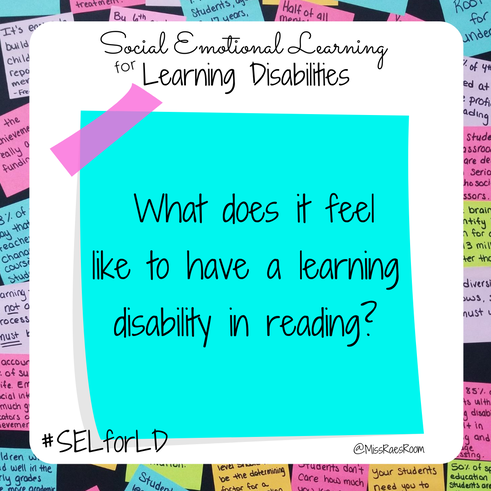
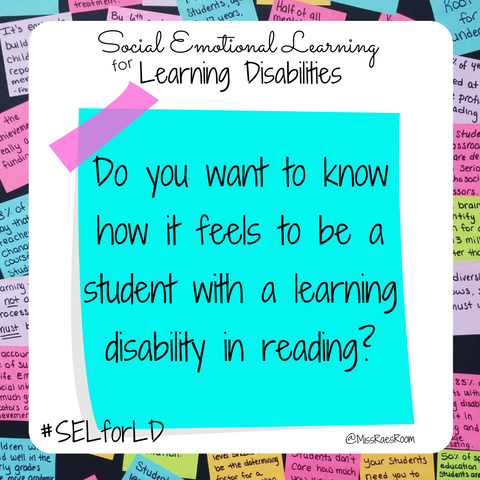





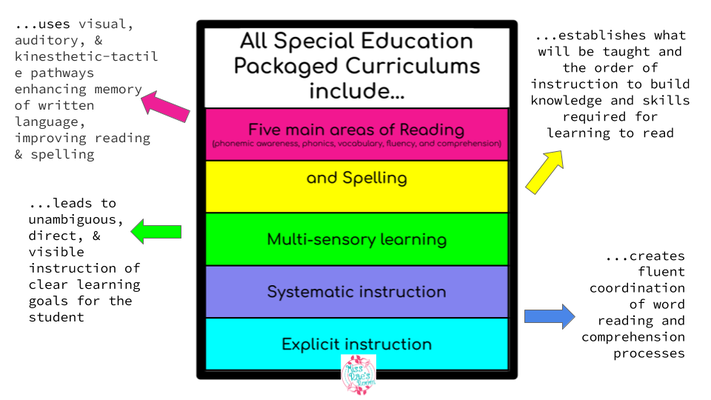



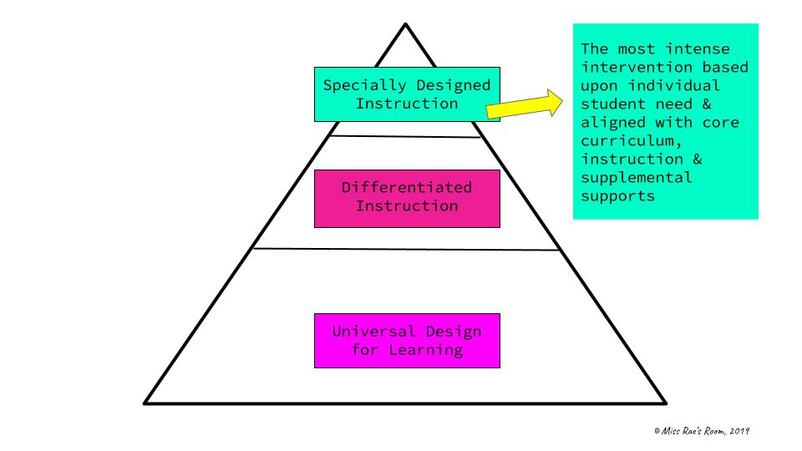








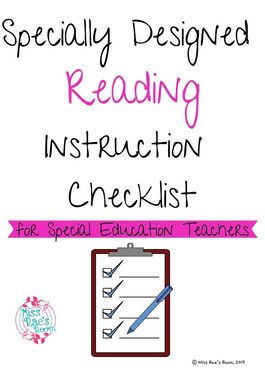









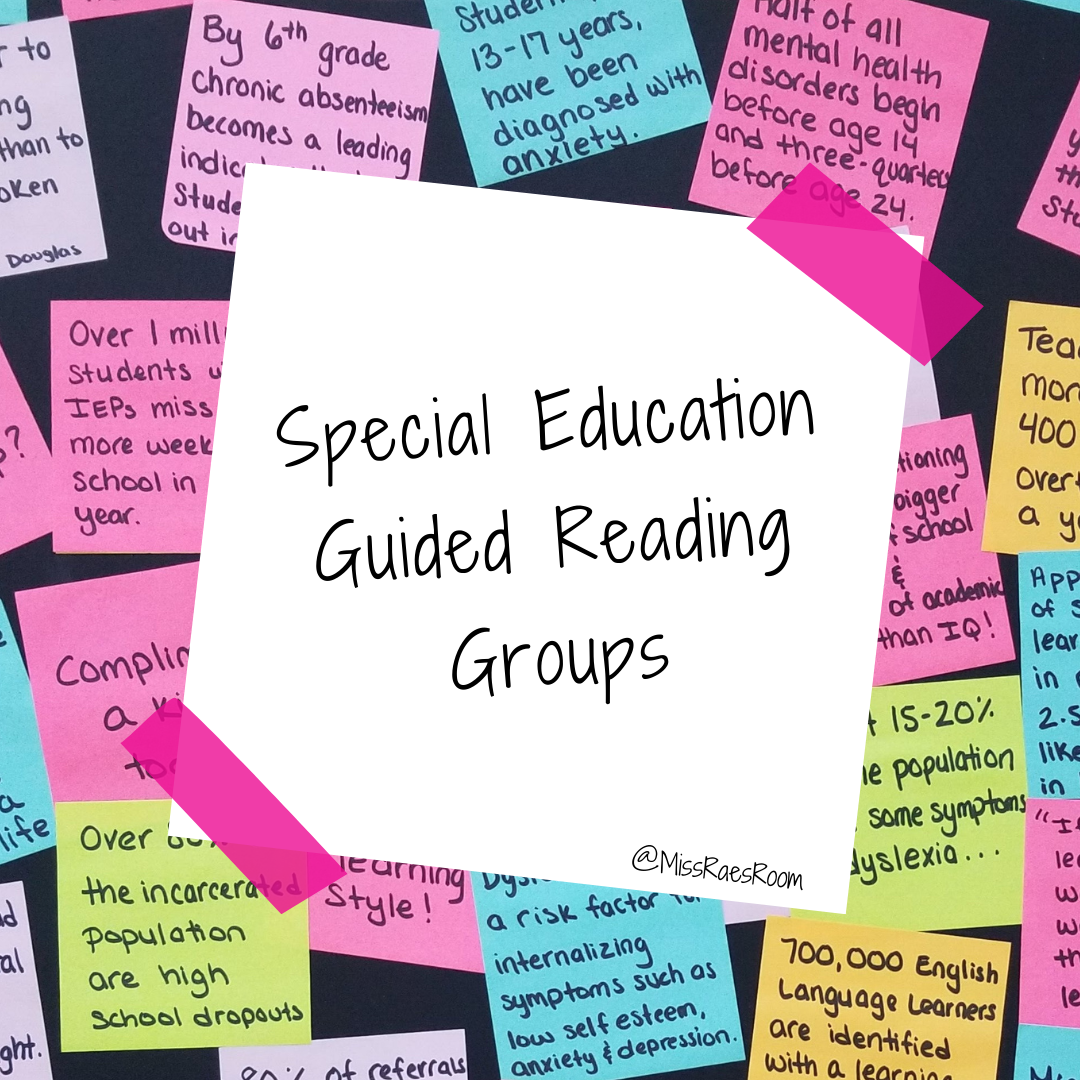















 RSS Feed
RSS Feed